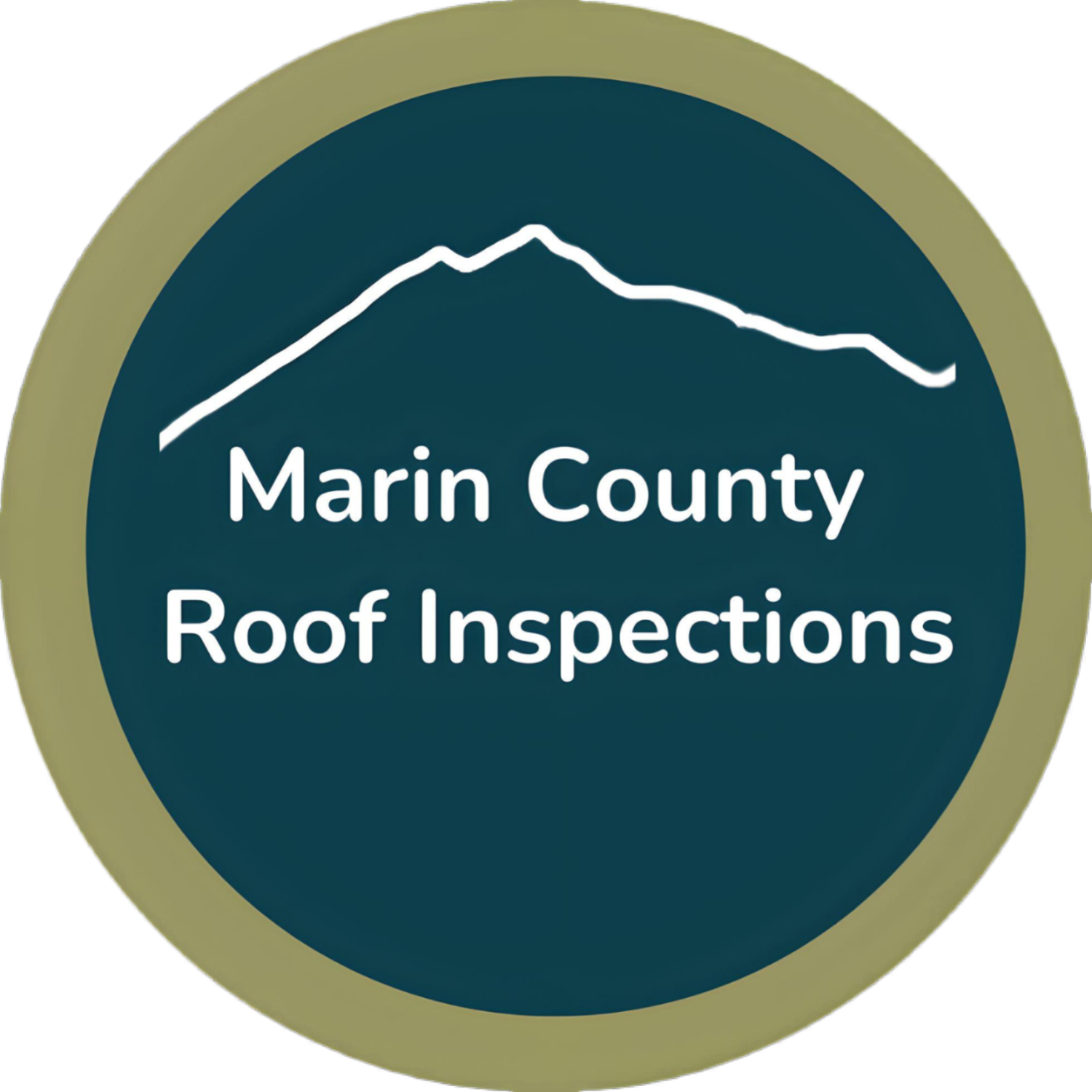
Our Services
-
We thoroughly examine shingle roofs to detect any visible indications of wear or harm, including signs of curling, cracking, dark spots, or missing sections. Additionally, we search for symptoms of deterioration, such as granule loss or thinning, scrutinize the roof valleys, and verify correct shingle placement without gaps or overlaps. Furthermore, we inspect the flashings for proper installation and to determine their condition.
-
Our metal roof inspection service provides a complete examination of the roof panels, seams, and accessories to identify any issues such as corrosion, rust, or damage. We also meticulously inspect the roof coating for signs of peeling or cracking while confirming proper installation with correct spacing and overlap. The inspection identifies possible dents, scratches, or other damage to the metal roof.
-
For slate, clay, and concrete tile roofs, our inspector checks for missing or damaged tiles and examines the mortar for cracks, gaps, and separation. We also inspect the flashings and installation to determine their proper alignment and interlocking mechanisms.
-
We conduct low-slope or flat roof inspection services on spray foam, single-ply, built-up tar and gravel, and coated roofs. Our inspection may include checking for cracks, tears, punctures, blistering, standing water, and ponding issues. We also might evaluate flashing details, assess the roof coating's condition, inspect for UV damage or degradation, and check seams and edges for separation or lifting.
Specifications
Thoroughly examine the roof through non-destructive inspection methods utilizing high-tech drone technology.
Professional and independent assessment to evaluate the roof's condition, age, and potential lifespan.
Inspect the roof for structural deformation, vegetation growth, and flashing around vents, chimneys, and other roof penetrations.
Identification of pooling or water flow restrictions.
Previous installations, repairs, visible deterioration, and damage to the roofing materials will be examined and documented.
Industry standards and compliance requirements assessment.
Evaluation of gutters, attic ventilation, and rooftop solar mounting installations.
Document visible roof issues and plan for corrective measures.
Document notable characteristics and features of the roof.
